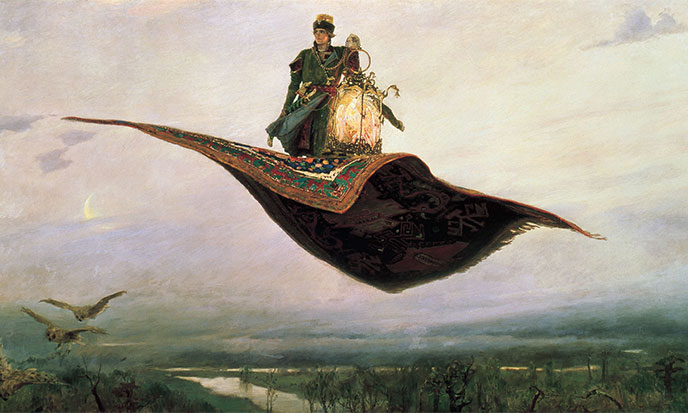
From the flying carpets of the Arabian Nights to the ardent wheels of the prophet Ezekiel, our past loves air travel. There are countless myths and legends featuring flying men, jinns, brooms, carts and carpets, all stories usually relegated to the department of nonsense.
They want us to believe that all our ancestors, whatever their origin, spent their time telling lies just to mislead us. Moreover, they all tell the same lies. What nerve! Either historians are pedants, or they are pulling our legs. Or both. Cover them with shame.
Ancient flying machines are a reality, we all know. Except historians.
Except Jung too, who had the excuse to live at the birth of flying machines.
On the controversial subject of flying saucers Jung wrotes: “The apparent lack of gravity of flying saucer is certainly a difficult to digest story, but it is told, modern physics has recently made so many discoveries that affect the miracle. Why could not more advanced people from other planets have found a way to remove the gravity and reach the speed of light or even more? Nuclear physics has created in the minds of lay uncertainty of judgment that goes far beyond that of physicists, which makes it appear as possible things that could have been considered stupid and exaggerated.
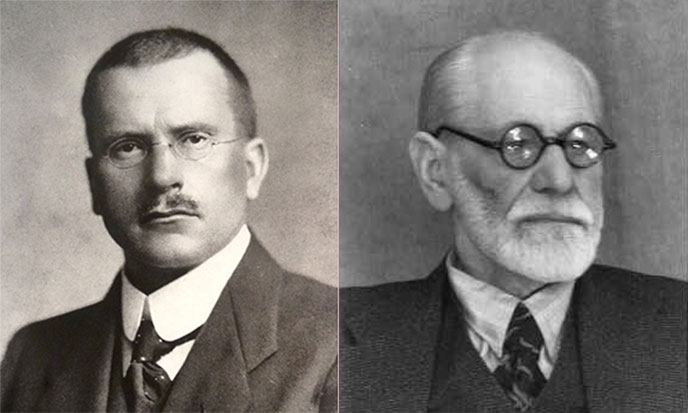
Flying saucers can therefore easily be seen as a new miracle of physics and be accredited as such. I remember here not without discomfort the time when I was convinced that something that was heavier than air could not fly; shortly after I had some discomfort with me to face the facts. ” (source)Excerpt from “A Modern Myth” Carl G. Jung, 1961
China : flying cars
Chinese mythology speaks of a legendary people, Chi-KungThey invented the chikungunya? or Jigung, who moved in “air cars” (source)Robert Silverburg, Wonders of ancient chinese science In the 17th century, Jesuit missionaries managed to obtain an ancient Chinese text entitled “Documents of scholars”. It reveals that: Chan Heng, great astronomer and engineer of the Han dynasty, fashioned a “wooden bird” whose stomach contained a mechanism allowing it to fly close to 0.9 miles. Another book written around 320 AD by the alchemist and mystic Ho Hung seems for its part to describe propellers: “Some have made, with the wood of the jujube, flying cars equipped with leather straps connected to rotating blades that put the machine in motion.” (source)David Childress, Gods’ Technology
At first glance, China seems to be at the origin of modern aeronautics with the invention of gunpowder. The ancient Chinese also knew how to lock the powder in a tube.
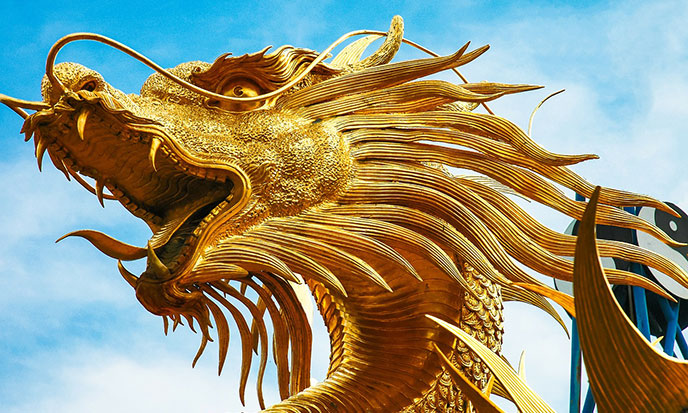
Rockets with storeys
The Chinese powder also can propel rockets or cannonballs. “The Chinese have used rocket propulsion to all kinds of arrows, grenades and even iron bombs very similar to ours. They are credited with production, in the 11th century, of the first two-stage rocket. It is described as a “fire dragon” which, while flying, set fire to arrows and spat them through the mouth. In 1232, the inhabitants of Kaifeng repelled the Mongols thanks to the “thunder shaking the sky.” “It was an iron bomb that a chain projected in the midst of enemies, as well as “arrows of flying fire” that wreaked chaos in the Mongolian cavalry.” (Source)L. Sprague de Camp, Ancient engineers, 1960
The jet propulsion and our storey rockets would therefore find here their source? Other Chinese inventions? Unless we have to seek an even more distant origin… For several testimonials show that bombs and gunpowder were in use in the time of Christ… and even well before. In the 3rd century, a man called Marcus or Marc the Greek wrote Liber ignium, a book where he explains how “to get explosive powder by mixing one pound of sulfur, two of charcoal and six of saltpetre.” (source)L. Sprague de Camp, Ancient Engineers, 1960
Vimanas and Indians UFOs
You can also find traces of explosive weapons in a much more remote antiquity. The terrifying arsenal developed by the Rama Empire, several millenia BP, speaks for itself. And even before that, it was worse in terms of weapons of mass destruction. The same empire of Rama is known for its flying machines called vimanas or pushpakas, whose descriptions evoke furiously aircrafts and rockets. Some Indian texts such as the Mahabharata, even describe spherical gears very similar to UFOs. An abundant literature describes the modes of propulsion and the types of engines that equipped these very ancient UFOs.
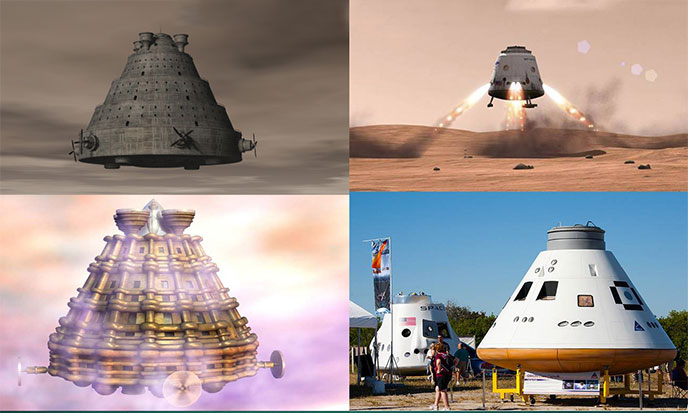
But the ancient flight and aviation were not the monopoly of Asia. We find eloquent traces in America. Peru lines drawn for thousands of years on the Nazca plateau attract the attention of the curious … although very few Western archaeologists are interested. Don’t you think that these lines and figures were drawn to be seen from the sky? Should we see signals and guidance for use of space travelers? Anyway, not far away, the mountain has been leveled and flattened to form a long flat track that evokes an airstrip. From Middle East to China, throughout the route taken by the armies of Rama the Conqueror, are found curious truncated mountains that tradition calls Solomon Thrones. Legends claim that this magnificent emperor landed his flying machine on these flatened mountains when he traveled on his land. Guess whom Solomon get his plane from? Did I write that Jung lived at the birth of flying machines ? I was totally wrong, they have existed long before.
Engineer Dedalus
“Daedalus was one of the first aeronautical engineers. he made wings for his son Icarus who, having pushed his glider too high, fell into the sea that now bears his name. It would be wrong to believe that the story of Daedalus is just a fable. His colleagues, the engineers of Knossos, built the waterfalls with parabolic shape to meet exactly the natural course of the water; yet the realization of such a profiling requires centuries of scientific knowledge. Profiling is furthermore essential in aeronautics, this art in which excelled Daedalus.” (source)David Childress, Gods’ Technology
It should be noted that the hydraulic knowledge of very ancient civilizations appear much more extensive than might be expected. Thus, the Romans managed to keep only a very small part of the knowledge of their predecessors, the Etruscans. (source)Pierre-Louis Viollet, The Hydraulics in Ancient Civilizations Let us add that the Etruscans had already lost much of the Atlantean knowledge. Closer to us, surprising testimonies spring in the most learned works.
Flying machines in the 13th century
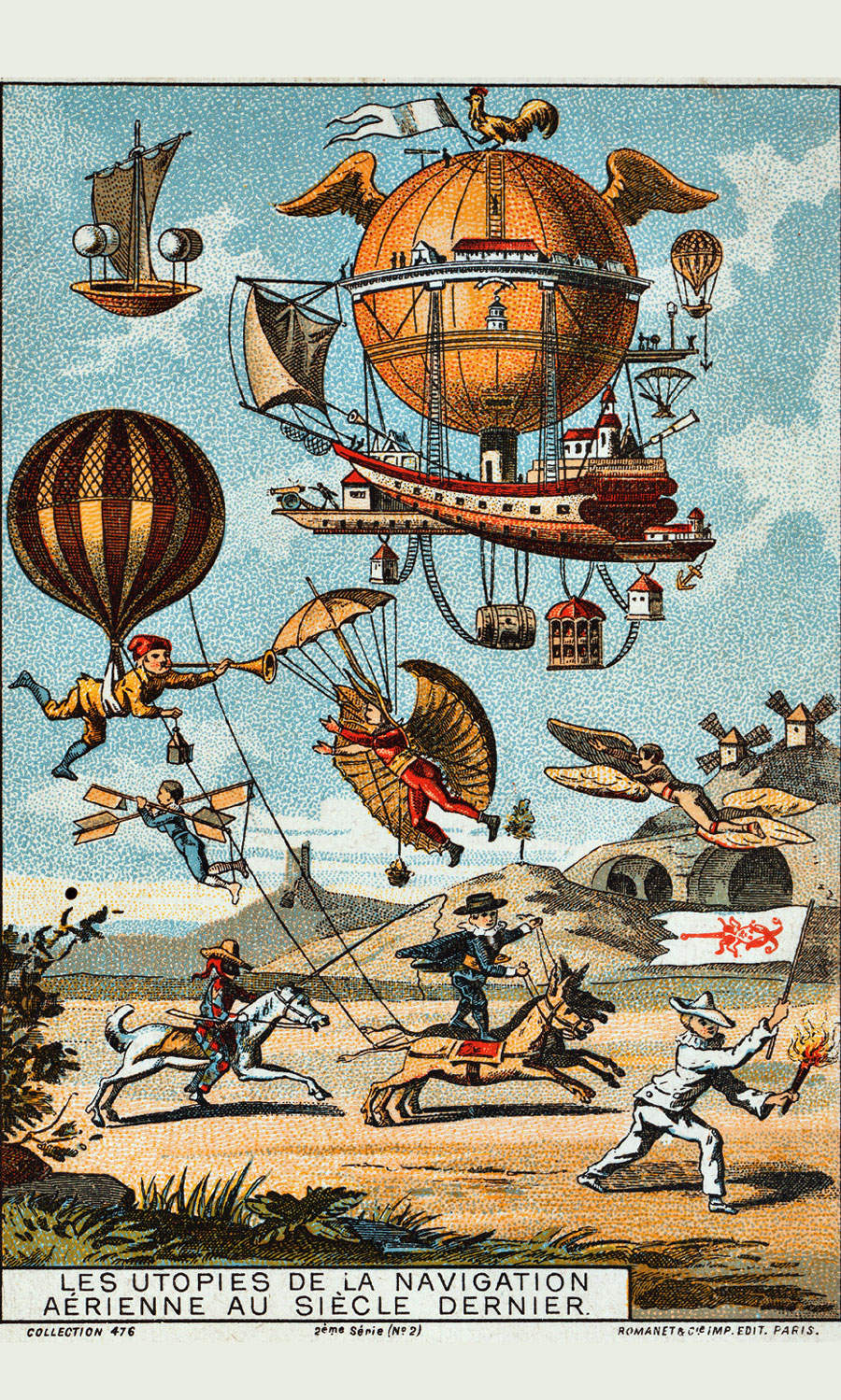 Roger Bacon wrote: “Flying machines like this one once existed, we even still make some today.” What flying car was he talking about? It looks like it is still before him!
Roger Bacon wrote: “Flying machines like this one once existed, we even still make some today.” What flying car was he talking about? It looks like it is still before him!
“Singular phrase indeed since it states on the one hand, that flying machines were a reality in a bygone era, and on the other hand, that they existed at the time of Bacon, in the 13th century. These two eventualities may seem absurd, yet the story is full of chronicles evoking the aircrafts of the past centuries.” (source)Andrew Thomas, We are not the first, 1971 Like sage Platon in his time, monk Bacon was nothing less than eccentric … Should we conclude that the great Leonardo da Vinci is not the inventor of the numerous flying machines which he has described? Perhaps he could see one with his own eyes, as they still existed two centuries before.
Anyway, engravings, paintings and sculptures of ancient airplanes are numerous in all ancient cultures. An important part of our history was definitely concealed by thick smoke screens. Political interests, religious reasons …
What made Jean-Jacques Rousseau saying: “The falsification of history has done more to disorientate people than any other thing of humanity.” How to still believe? Let’s rather try to trust the myths, that were less falsified: storytellers make a sacred work of transmission. When in doubt, official history or contested myth both must be carefully degreased, decrypted, decoded, untwisted, untangled, undressed, unmasked before being tasted without moderation.


